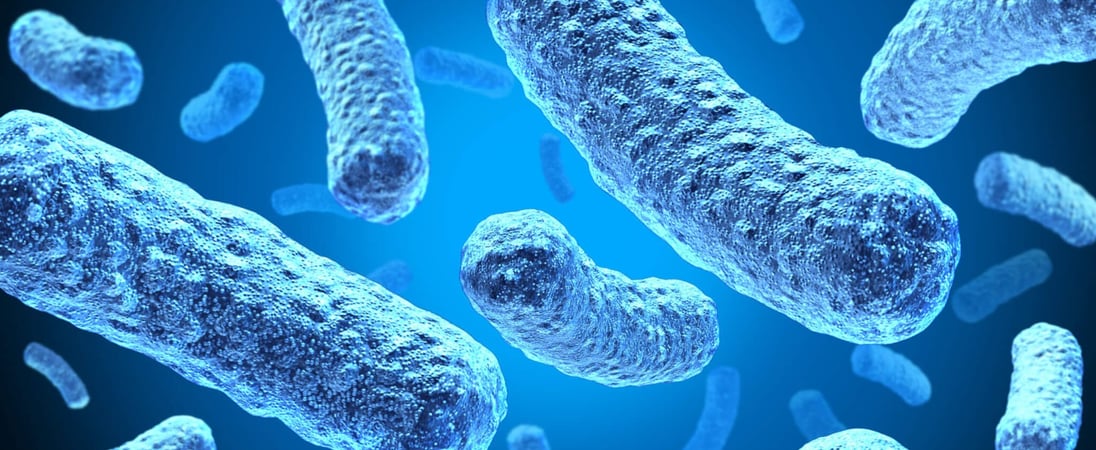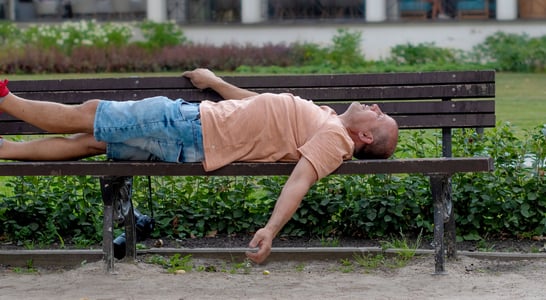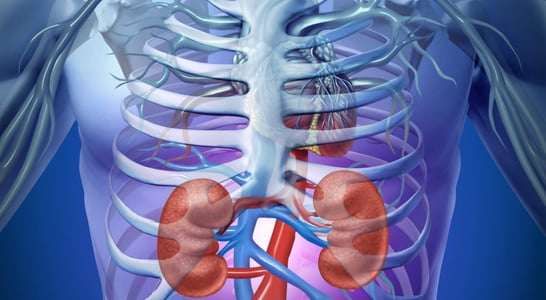
Rare Disease Day
Many people living with uncommon illnesses often feel forgotten. Raising awareness can inspire research, understanding, and hope for better treatments.
Rare Disease Day is an observance held on the last day of February to raise awareness about diseases that most people will not know of, as well as to improve access to treatment.
It’s important for average people to get more informed about the ways that rare diseases affect individuals and create a space where there are more opportunities to show support and perhaps even help in some ways!
How to Celebrate Rare Disease Day
EURORDIS (The European Organization for Rare Diseases) says that treatment for many rare diseases is insufficient, and some people’s quality of life is greatly hindered by inequality, simply because people have never heard of their disease, or do not understand the disease and the patient’s needs.
Show support for Rare Disease Day by observing the day with some of these ideas:
Share Rare Disease Experiences
Each year, people affected by rare diseases are encouraged to share pictures and their stories with the world. The Rare Disease Day website offers opportunities for folks from all over the globe to learn more about each other by posting their own stories and reading other people’s stories.
The website contains hundreds of stories in many languages, creating a worldwide community of people with rare diseases who can feel more seen and heard.
Attend a Rare Disease Day Event
Get connected with people in the local community or across the planet by joining in with events for Rare Disease Day, whether online or in real life.
Check out the Rare Disease Day website for more information about events that are taking place in many countries and a wide range of languages.
Host a Rare Disease Day Event
Those who are interested in raising awareness and promoting the stories of those who have rare diseases may be interested in hosting an event in their local community or online.
Whether it is an informal gathering of friends to raise awareness and support, a book club where a biography of a person with a rare disease is discussed, or an informational gathering with a medical professional as a guest speaker, the opportunities are almost endless.
The Rare Disease Day website offers plenty of resources including downloadable kits, info-packs, posters and many other tools!
History of Rare Disease Day
Since 2008, EURORDIS has been putting in place social networks to help support individuals with rare diseases and their families, as well as coordinating events for Rare Disease Day at an international level.
The first time the event was celebrated, the day took place in leap year, so it was observed on February 29. In non leap years, the day is celebrated on February 28.
The reason the month of February was chosen for this celebration is because it is also a “rare” month, in that it sometimes has an extra day at the end.
So the common theme offers a nod to the uniqueness of the people who experience rare diseases by placing it on a unique and special day.
Each year, the celebration of the day looks a little different too. For instance, in 2010, Rare Disease Day featured balloon releases, marathons, auctions and tree planting events to raise awareness.
These types of events can be sponsored by all sorts of different communities, health care centers, hospitals, charitable foundations and so much more.
Starting 2011, Rare Disease Day began sponsorship by the National Institutes for Health (NIH), specifically by the National Center for Advancing Translational Sciences (NCATS).
The hope is that the collaboration between a wide variety of scientists, researchers, medical professionals and others will bring more attention to rare diseases with the hope of finding treatments and cures.
Rare Disease Day FAQs
Why is the zebra a symbol for rare diseases?
The zebra symbolizes rare diseases due to a medical teaching adage: “When you hear hoofbeats, think horses, not zebras.”
This means common conditions are more likely than rare ones. However, the zebra reminds healthcare professionals to consider uncommon diagnoses for rare disease awareness.
Each zebra’s unique stripes also represent the individuality of rare disease patients.
How did Rare Disease Day become a global event?
Rare Disease Day began in Europe in 2008. By 2009, the National Organization for Rare Disorders (NORD) introduced it in the U.S., expanding its reach.
Now, over 100 countries participate, hosting events to raise awareness and support for those affected by rare diseases.
What are some unique ways countries celebrate Rare Disease Day?
In Sweden, the Rare Stories film festival showcases films about rare diseases. In Canada, trivia nights educate participants about rare conditions. These events foster community engagement and awareness.
Are there any myths or misconceptions about rare diseases?
A common myth is that rare diseases affect only a few people. Collectively, they impact over 300 million worldwide.
Another misconception is that rare diseases lack treatments; while many do, research is ongoing to find cures.
How did the “Show Your Stripes” campaign originate?
The “Show Your Stripes” campaign encourages people to wear striped clothing, symbolizing the zebra’s association with rare diseases. It aims to raise awareness and show solidarity with those affected.
Why is Rare Disease Day held on February 28 or 29?
February 29, the rarest day, was chosen to symbolize the uniqueness of rare diseases. In non-leap years, it’s observed on February 28. This date highlights the uncommon nature of these conditions.
What role do patient stories play in Rare Disease Day?
Patient stories personalize the challenges of living with rare diseases. Sharing experiences fosters understanding and empathy, encouraging support and advocacy. These narratives are central to awareness campaigns.
How has social media influenced Rare Disease Day?
Social media amplifies Rare Disease Day’s reach. Hashtags like #RareDiseaseDay connect global participants, spreading awareness and information.
Online platforms enable virtual events, uniting communities worldwide.
Are there any notable public figures involved in Rare Disease Day?
Public figures, including actors and athletes, often participate in Rare Disease Day events. Their involvement brings attention to the cause, leveraging their platforms to educate and advocate for those affected.
How can individuals contribute to Rare Disease Day?
Individuals can participate by attending events, sharing information on social media, or organizing local activities. Donating to research organizations and supporting affected families also make a significant impact.
See what else is happening…
There’s always more going on every month at Days Of The Year. Here are our favorites this month!
Also on ...
View all holidaysNational Tooth Fairy Day
Have you heard of the little visitor who brings treats to kids while they sleep? She's sparkly, sneaky, and always on the hunt for lost teeth!
National Chocolate Souffle Day
Indulge in a rich and airy dessert that's sure to impress! This decadent treat will have you craving more with every bite.
National Public Sleeping Day
Sometimes we all need a quick snooze, and there's no shame in catching some Z's wherever you can. Just make sure to set an alarm!
We think you may also like...
World Kidney Day
These amazing filters work tirelessly within, like nature's purifiers, maintaining a body's balance and health behind the scenes.
Leukemia and Lymphoma Awareness Month
By fostering understanding and support, raising awareness for these conditions brings hope, funds research, and stands with compassion beside those affected.








